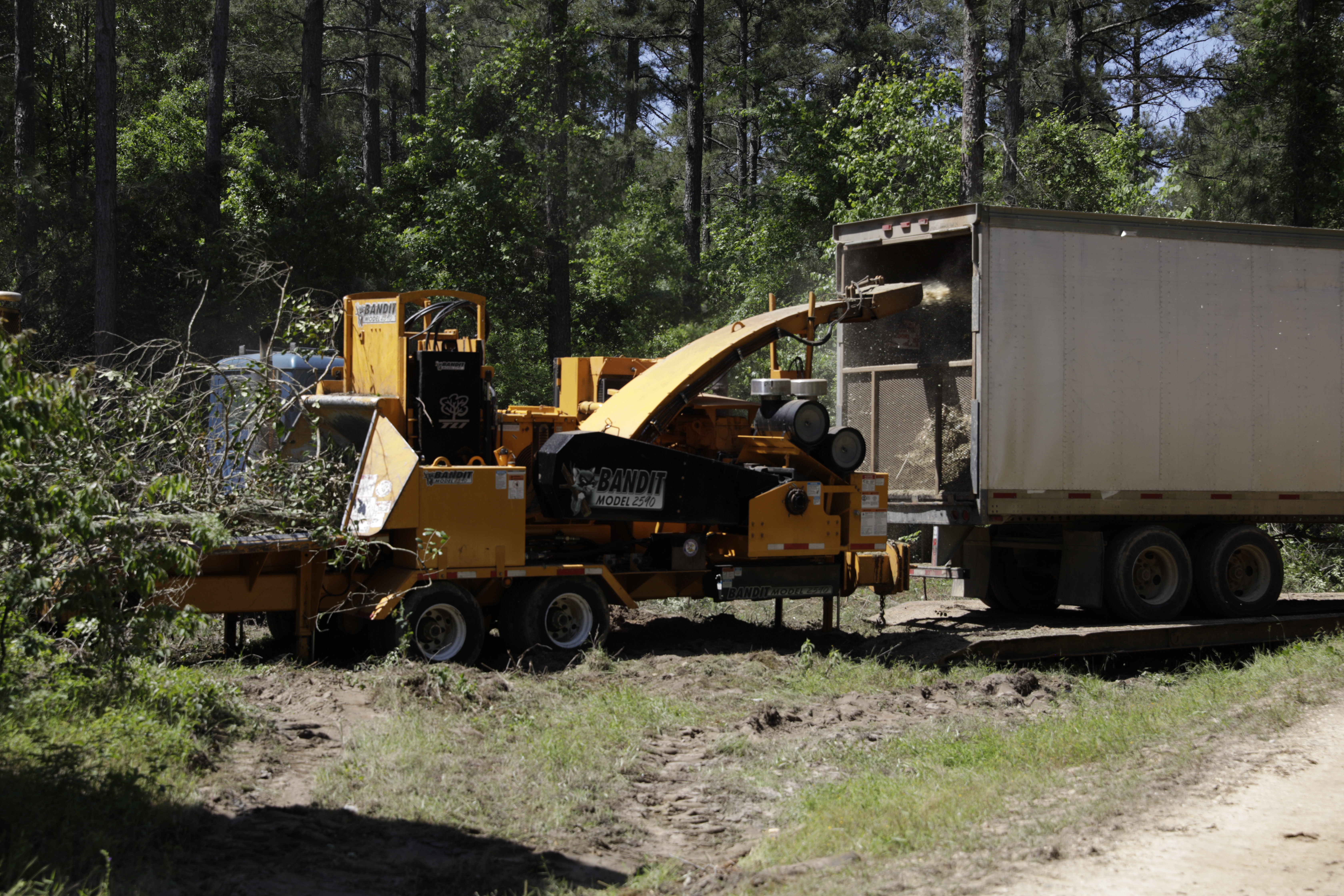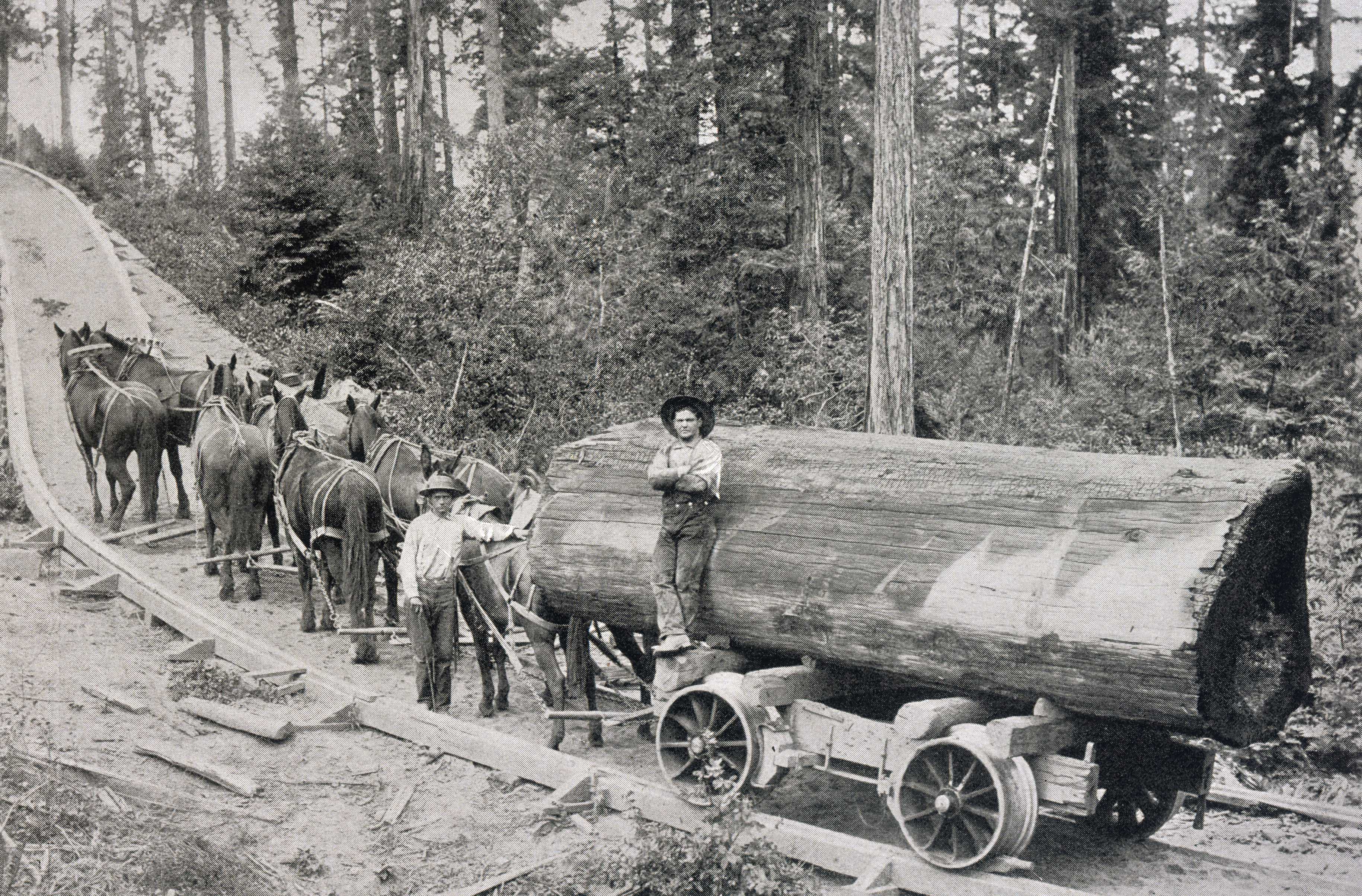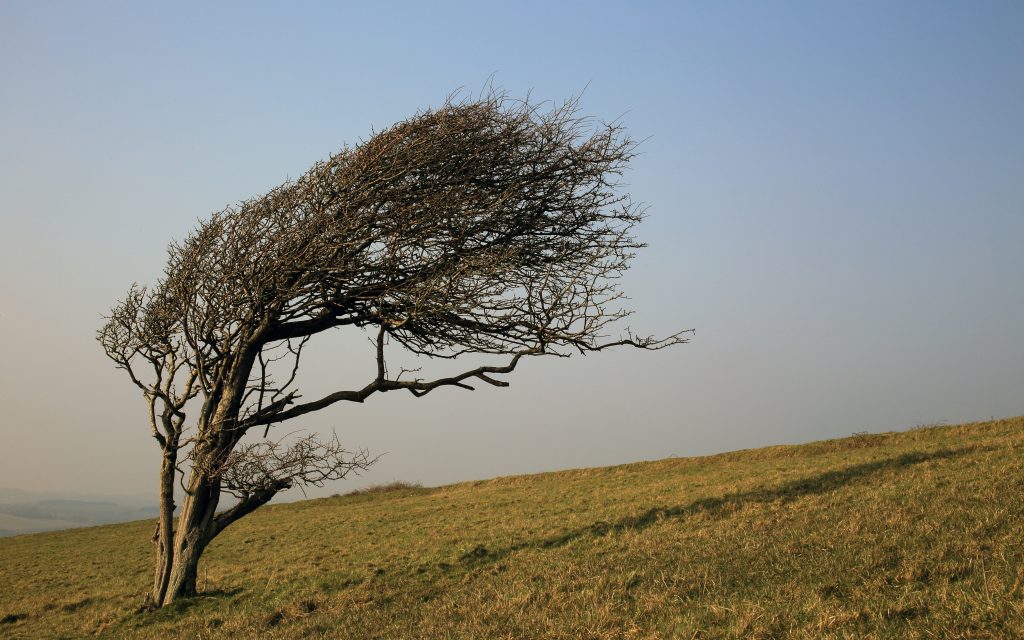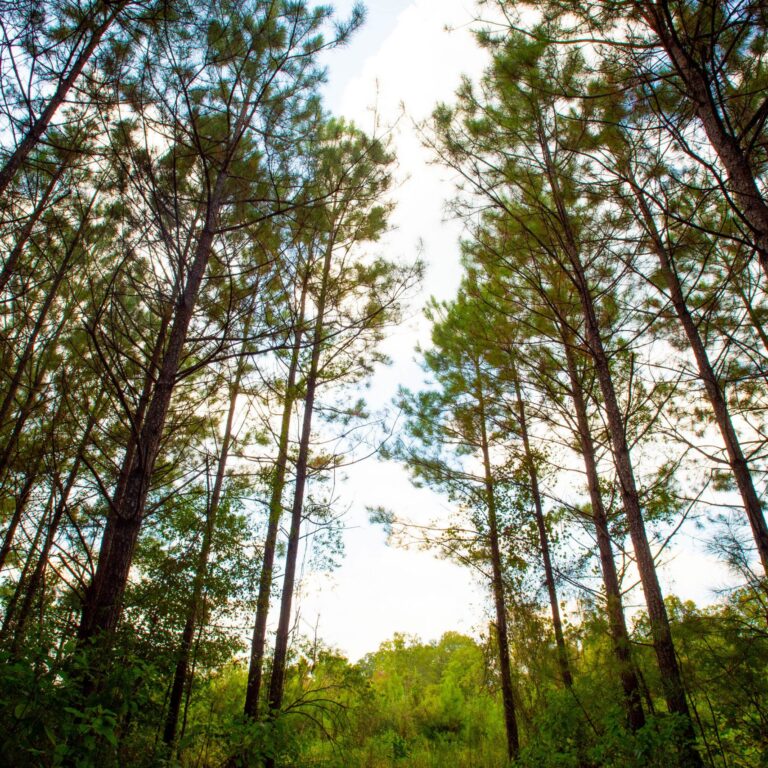In Japanese, there’s a single word to describe sunlight filtering through the leaves of a tree: komorebi. It’s a poetic term to describe an image almost everyone recognises, however English has no direct translation.
But while English lacks a ‘komorebi’ equivalent, it does contain a significant number of words that speak to the very specific features of the forestry industry – terms that describe the crooked nature of a tree open to the elements on a mountain side, or words for the process of stripping a grown tree of its limbs.
Here, we look at the unusual, the uncommon, and the whimsical words that make up the language of forestry.
Silviculture
Seen as both a science and an art, silviculture is the practice of controlling the establishment, growth, composition, health and quality of forests. This goes beyond just managing working forests for wood products markets, however, and includes those dedicated to everything from leisure to wildlife.
Comminution
One of the first steps in the production of biomass such as wood pellets is reducing down the raw materials like the fresh felled green wood, and this relies on a process known as comminution. This is carried out by a range of specifically designed machinery such as rotary hammer mills, chippers and grinders, but can also be done in the forest using mobile chippers to reduce tops and branches.
Krummholz
From the German word ‘krumm’ meaning crooked, bent or twisted, krummholz is a term for trees that are stunted and sculpted by harsh winds found near the tree line of mountains, or on coastlines where there are large quantities of salt in the air. Exposure to the elements often means these trees are windblown into surreal shapes, while branches on one side are often deformed or dead.
Underdog
A key component of any sports movie, the origins of the word underdog may actually have come from the logging industry.
In pre-mechanised times, logs would be placed over a sawpit and cut up the middle with a long two-handled saw. The unfortunate sawyer working at the bottom, often knee deep in rainwater, under a falling rain of sawdust, was known as an underdog. However, other theories exist which claim the term originates from dog fighting.

A hypsometer, used to measure angles to determine the height of trees
Hypsometer
A hypsometer is a tool used to measure angles. When used by foresters, it can determine the height of a tree. To use it, foresters measure the top and bottom of the tree from a measured distance away and use trigonometry to calculate the height.
Hoppus foot
The standard measurement of volume used for timber across the British Empire, the hoppus foot was introduced by English surveyor Edward Hoppus in 1736. The imperial measurement was developed to estimate how much squared, useable timber could be converted from a round log, while allowing for wastage.

A mobile wood chipper in operation in Arkansas
Slash and brash
Slash and brash are both terms for the woody debris left by logging operations. However, while slash can be chipped and sold as biomass, brash is not normally removed. Instead, it can be spread along routes used by forestry machinery to prevent ground damage in what are known as brash mats.
Leader
The very top stem of a tree. This typically develops from a tree’s ‘terminal bud’, which is the main area of growth in a plant and is found at the end of a limb.

Foresters using horses and rail carts to transport timber in California, 1904
Hot logging
Hot logging is the process of loading logs onto lorries and removing them from forests immediately after felling – when they’re still hot from the saw. This is in contrast to the more common process of storing or decking logs on site before removing. Hot logging is often used when ‘whole tree harvesting’, as the trees are removed from site and processed at the mill to maximise recovery of high value saw timber material.
Snag
Dead trees might not seem like the most useful plants in a forest, but snags prove otherwise. Snags are standing dead or dying trees, and they serve an important role in forest ecosystems. Often missing their top or most of their smaller branches, snags provide habitats for wide varieties of birds, mammals and invertebrates, as well as supporting decomposers such as fungi. In fresh water environments snags also make essential shelter for fish spawning sites.
Beating up
Towards the end of the growing season, trees that have died shortly after planting are counted and replanted in what is known as beating up. This process also allows foresters to identify and address any issues that may have affected growth.
Thinning
A staple of responsible forestry, thinning is the practice of periodically removing a proportion of trees from a forest to reduce competition and provide the healthiest, most valuable trees with greater access to water, sunlight and nutrients. As well as opening up more resources for the remaining trees, this process also provides feedstock for the biomass and paper industries.
Rotation
In managed forests, foresters keep a range of different age trees to ensure a constant flow of healthy and mature wood. Rotation is the term for the number of years required between new planting (typically of seedlings) and final harvesting. In the US south rotations of plantation pine are commonly about 25 years, and 45 years for naturally regenerated pine, while in the UK this is closer to 60. For the same species in even more northerly Finland rotations are typically between 80 and 90 years.
Snedding
Coming from the Scandinavian word snäddare, meaning smooth log, snedding is the process of stripping shoots and branches from a branch or felled tree. Known as limbing in US, snedding is carried out with by chainsaws or more heavy-duty harvesters and stroke delimbers.
Mensuration
How to you measure the total wood of a forest? Mensuration, that’s how. Mensuration is a form of mathematics that allows foresters to measure the volume of standing or felled timber. It is an important tool in not only the quantifying of how much product there is to sell, but in monitoring and managing the health and growth of a forest.









